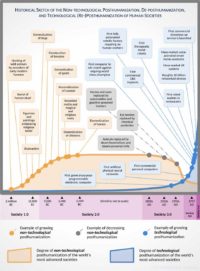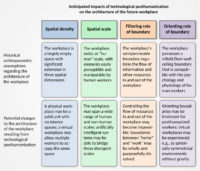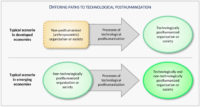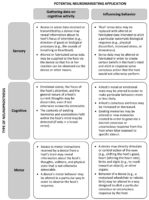Who Will Be the Members of Society 5.0? Towards an Anthropology of Technologically Posthumanized Future Societies

Social Sciences 8, no. 5 (2019)
ABSTRACT: The Japanese Government’s “Society 5.0” initiative aims to create a cyber-physical society in which (among other things) citizens’ daily lives will be enhanced through increasingly close collaboration with artificially intelligent systems. However, an apparent paradox lies at the heart of efforts to create a more “human-centered” society in which human beings will live alongside a proliferating array of increasingly autonomous social robots and embodied AI. This study seeks to investigate the presumed human-centeredness of Society 5.0 by comparing its makeup with that of earlier societies. By distinguishing “technological” and “non-technological” processes of posthumanization and applying a phenomenological anthropological model, the study demonstrates: (1) how the diverse types of human and non-human members expected to participate in Society 5.0 differ qualitatively from one another; (2) how the dynamics that will shape the membership of Society 5.0 can be conceptualized; and (3) how the anticipated membership of Society 5.0 differs from that of Societies 1.0 through 4.0. The study describes six categories of prospective human and non-human members of Society 5.0 and shows that all six have analogues in earlier societies – which suggests that social scientific analysis of past societies may shed unexpected light on the nature of Society 5.0.

















